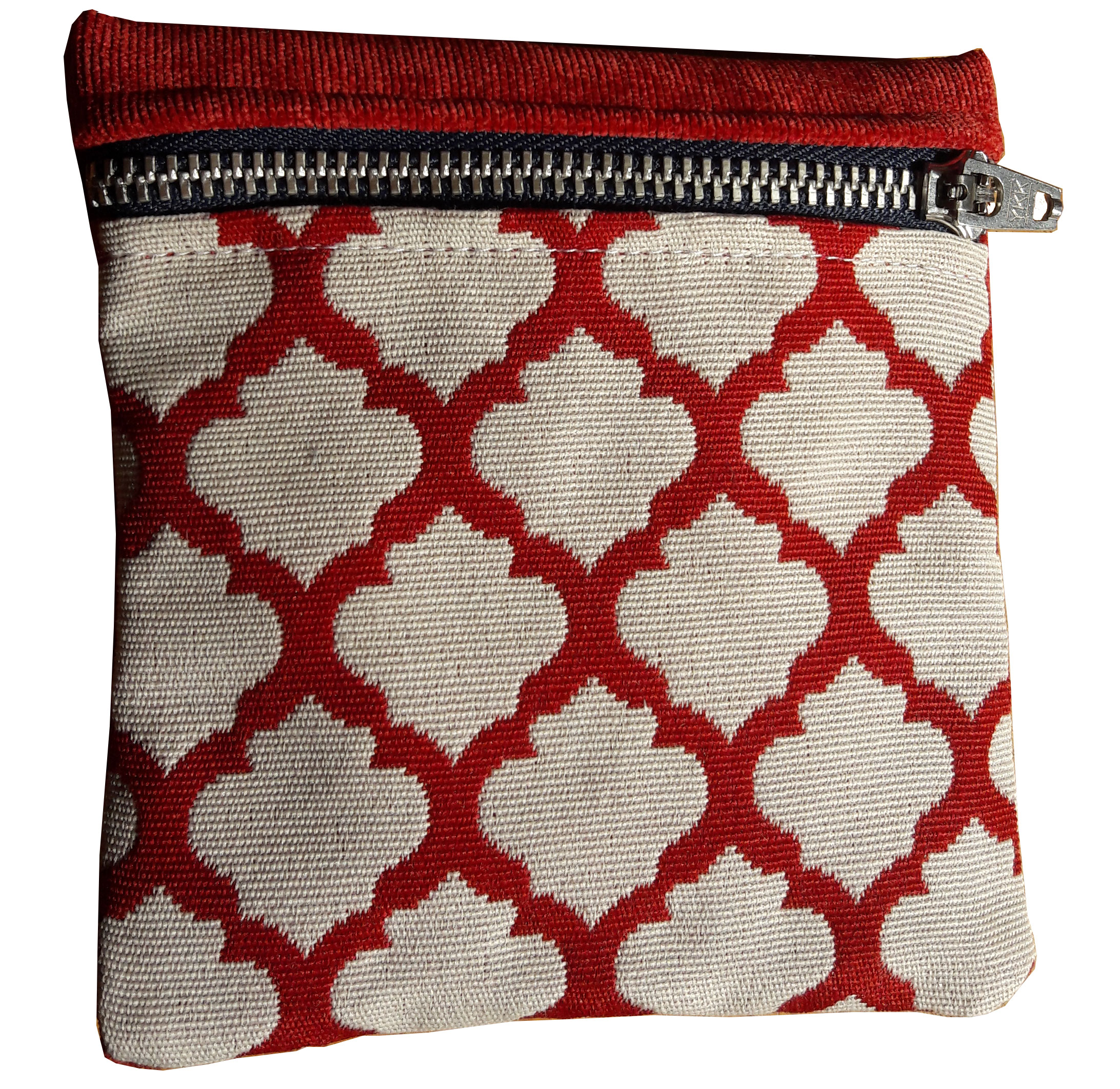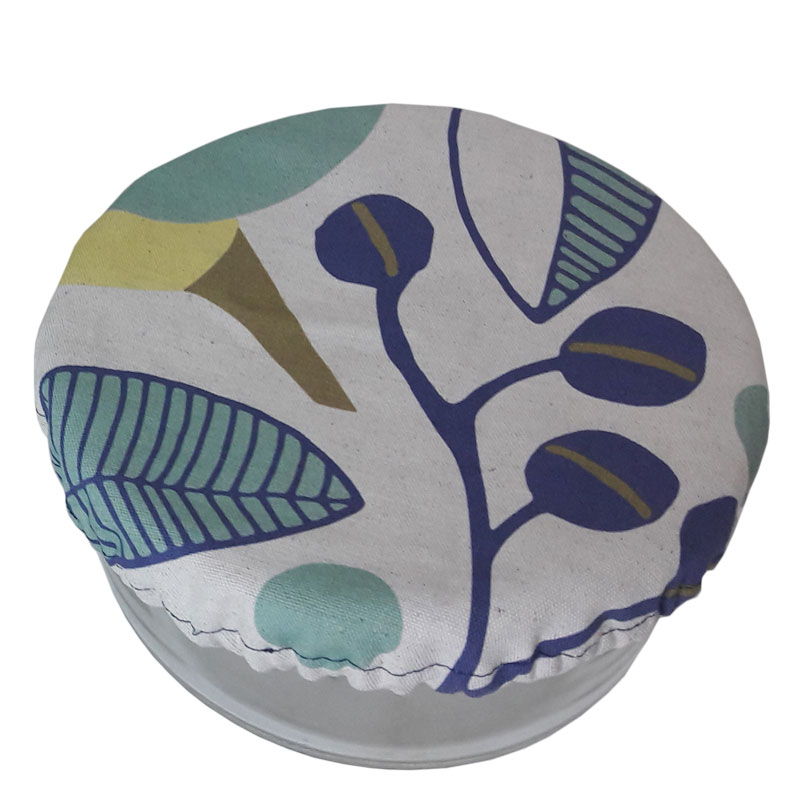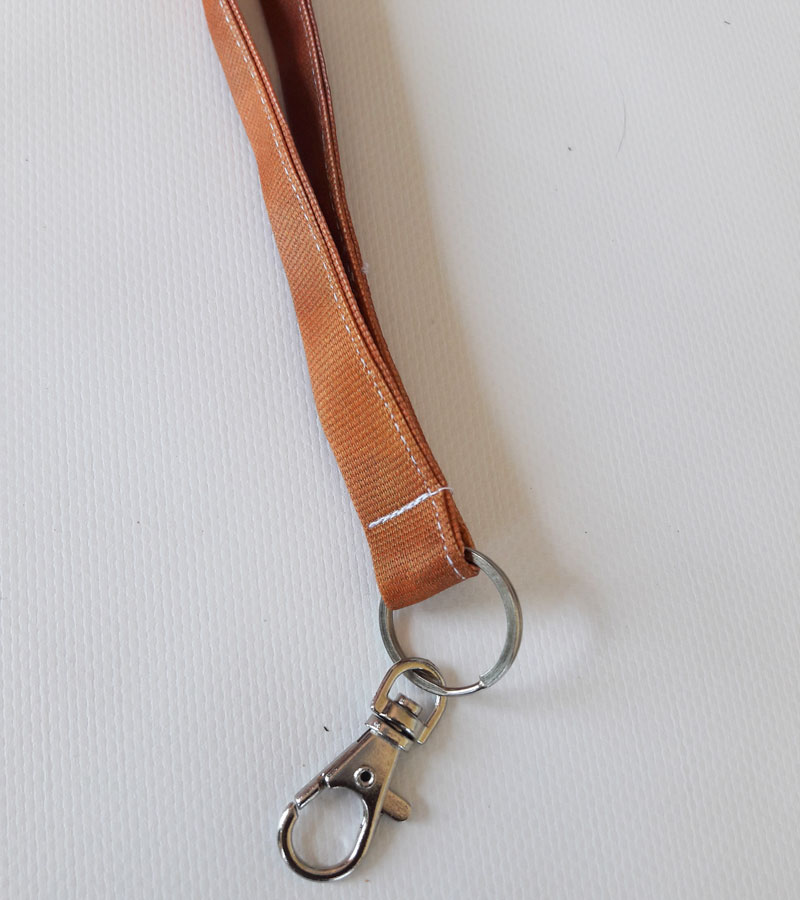 Crafts
Crafts Kids
Kids D I Y
D I Y Recycle
Recycle Designs
Designs Subscribe
Subscribe Search
SearchWe would love your scrap fabric
Scrap fabric recycle initiative
Corporate gifts
Sewn bags and more








Sewing
Custom sewing done for you
We have a sewing team that can help you with all your sewing challenges. we can put labels on shirts, make bags, create cushions or even help you with ongoing project ideas. Chat to us and let us help you with your ideas. Custom sewing projects
Recycled fabric initiative
Over the last 5 years Upcycle have worked very closly with communities and corporates to take waste fabric that no longer has an imediate use for clients and turn it into a product that can make a living for one of our community members. please follow the link to find out more.. Scrap fabric initiatives
Recycled billboard banner planters
Recycled advertizing banners ar such a great product to make planters from as they are super durable and long lasting. Check out our range of planters. Here
Step by step sewing craft projects

Draw String Bag
 A simple way to make functiuonal bags to store face cloths in bathrooms, loose make up, and all sorts of goddies.
A simple way to make functiuonal bags to store face cloths in bathrooms, loose make up, and all sorts of goddies.
Heart Gift Bag

These gift bags will surely melt your loved one's heart. Easy to make and perfect for Valentine's Day.
Utility Bag or goodie bag

Plastic Bag Dispenser

Create an appealing fabric home for all your plastic packets, making recycling them so much easier!
Articles on Sewing

Sewing is the basic concept of using needle and thread to combine two pieces of fabric to each other. That's the simple version of a vast concept. Sewing is in fact nothing like just attaching two bits of fabric together; it's an art, a craft and a science that can get quite complicated, but it's a lot of fun and the end result is very rewarding!

I have been teaching sewing for a while, and I can honestly say that even though it might be intimidating and sometimes overwhelming, once you have mastered understanding your machine and developed a little knowledge of manipulating your fabric , the rest is all quite gratifying. As humans we love to challenge ourselves, and sewing is a skill that keeps you learning as you tackle increasingly advanced projects. Naturally, you feel and see the rewards of your perseverance and determination after each project; you have a new piece of clothing, bag or accessory to show for it!
There are some basics you need to know before getting into the art of sewing on a machine.
Basic Equipment
Sewing machine
There are a lot a various sewing machines on the market, and it can be quite intimidating to pick one if you are just starting out on your sewing journey. You can get yourself a new machine or use a hand me down model from a family member. The most important thing is that it works, your workspace is comfortable and that you can see properly. Good lighting is imperitive.
When you start yout you want to do the right thing and i have found students wanting to attend my classes are overwhelmed by the various types of machines, and even more so by the vast difference in price between one machine and another! A domestic sewing machine for basic home sewing can cost you anything from R2500.00 to R50 000.00. Insane! How do you decide what to pick, besides going with the obvious, "go with what you can afford" option?
My advice:
I know this might not sit well with a lot of sewing machine suppliers , but honestly, I feel that if you are not yet a sewer, then you should not spend the money on a machine that you are unfamiliar with and on a craft that you may soon find doesn't appeal to you . I really feel that you need to spend some time sewing, learning, breaking needles and acquiring a better grasp on the craft before you go out and buy a machine.
In years gone by there was this thing called "appro". I had no idea what that meant and just assumed it was some retail thing invented to induce sales; I did not think much of it at all until now! I now understand that it means "goods on approval", whereby you get to take an item home for a pre-determined period of time to try it out, and if you approve of it, you purchase it, if not, you return it, as long as it's in a saleable condition. Who would of thought that such a great shopping option was around and worked so well!
It's a pity that in our current consumer age, this seems to have fallen away, and we now just keep buying the item with the most features, , even knowing that within a few months a similar item will come along with even more features.
Modern machines have really fancy little buttons and tricks, but they don't differ much in any real sense from the old Singer sewing machine that you used to operate by hand. The modern machines have some programmed options but everything you can do on them can still be done manually on an older machine. It's like having a car with electric windows and one with the good old fashioned wind-ups; the end result is still fresh air.
They can make a buttonhole for you, and threading a needle is easier, they have LED lights instead of a globe and have electronic stitch controls, but you still have to do the work and you still need straight and zigzag stitch; that has not changed.
So here are three options:
- 1. If you have used a sewing machine before and know the basics, look out for a good machine in second hand shops. Sometimes good old solid machines can last a lifetime and are work horses!
- 2. If you have never sewn before, buy an entry level machine for the best price you can find, practice, become comfortable and confident in your skills , and then upgrade if you feel that it's necessary. Some people love sewing, some just don't. You can save yourself some money by trying the craft first. If you do upgrade, you can sell your first machine for almost what you paid for it, if it has been well looked after and is relatively new.
- 3. If you are a pro sewer, buy yourself an amazing if rather expensive machine with all those marvellous functions when you can, because you deserve it !
What to look for when buying a second hand sewing machine.
Okay, off you go to the second hand shop and get a machine, but before you do you need to know how to check for some basics.
Just because the machine switches on, it does not mean it will do what you need it to. Some things to check are:
Reverse function; I have found that the reverse function is often faulty.
Another possible issue is the bobbin winding function.
Accessories; the machine does not always come with all the feet and accessories that it was shipped with. This is not a huge problem as most machines get sold with just the very basics and you need to buy the accessories. These are quite standard items and are generally easily available. Another thing to check for is to make sure that the machine can do more than just sew in a straight line. It will be a special machine that only does this, as most basic machines can straight stitch and zigzag stitch. You need zigzag to edge your garments and straight stitch to put them together, all other functions are added extras.
Scissors
Fabric scissors are also things that can range for super expensive to very cheap. You can pick up a decent pair of fabric scissors for around R60.00 rand. They can also cost up to R500.00 a pair. This is something you replace from time to time so I would get some good sewing days under the belt before I rush off and get the best of the range.
I try to make sure that I get red handled scissors, only so that I can warn everyone in the house that if I find them with a red handled pair of scissors I might have to harm them! Sewing scissors are very personal things and you have to guard them with your life! One thing that is critical to know is that you must not cut paper with them. Paper is the fastest way to blunt a pair of scissors. This is also why I recommend a beginner's pair first, because sewing patterns are generally made out of paper and you tend to cut into them as you cut out your patterns. After some practice you can upgrade.

Pins
Buy the cheapest; you can upgrade.
Sewing machine needles
Do not get the cheapest here! This is one area where it is critical that you get the best. A needle can make you hate sewing! Don't take my word for it; Google it. Many people have given up sewing If it's a bad quality needle you could have all your settings on your machine play up, the thread will keep breaking, it will makes holes in your fabric, and all sorts of other frustrating and undesirable things may occur. Change the needle and life is a dream!
Tailor's chalk or marking pens
You need both. I avoid using chalk but sometimes you have a very dark fabric and nothing but chalk works.
And finally, you will need:
A tape measure,
 An iron,
An iron,
and an ironing board.
You are now ready to embark on a most satisfying and occasionally challenging journey of creativity; enjoy!
Introduction and Sewing
Sewing, stitching or tailoring is the fastening of cloth, leather, furs,bark, or other flexible materials, using needle and thread. Its use is nearly universal among human populations and dates back to Paleolithic times (30,000 BCE). Sewing predates the weaving of cloth.
Sewing is used primarily to produce clothing and household furnishings such as curtains, bedclothes,upholstery, and table linens. It is also used for sails, bellows, skin boats, banners, and other items shaped out of flexible materials such as canvas and leather.
Most sewing in the industrial world is done by machines. Pieces of a garment are often first tacked together. The machine has a complex set of gears and arms that pierces thread through the layers of the cloth and semi-securely interlocks the thread.
Some people sew clothes for themselves and their families. More often home sewers sew to repair clothes, such as mending a torn seam or replacing a loose button. A person who sews for a living is known as a seamstress (from seams-mistress) or seamster (from seams-master), dressmaker, tailor, garment worker, machinist or sweatshop worker.
"Plain" sewing is done for functional reasons: making or mending clothing or household linens. "Fancy" sewing is primarily decorative, including techniques such as shirring, smocking, embroidery or quilting.
Sewing is the foundation for many needle arts and crafts, such as applique, canvas work and patchwork.
While sewing is sometimes seen as a semi-skilled job, the task of designing good-looking three-dimensional shapes from non-stretching two-dimensional fabric generally requires extensive hands-on knowledge of the design and principles of mathematical manifolds. Flat sheets of fabric with holes and slits cut into the fabric can curve and fold in 3D space in extensively complex ways that require a high level of skill and experience to manipulate into a smooth, ripple-free design. Aligning and orienting patterns printed or woven into the fabric further complicates the design process. Once a clothing designer with these skills has created the initial product, the fabric can then be cut using templates and sewn by manual laborers or machines.




